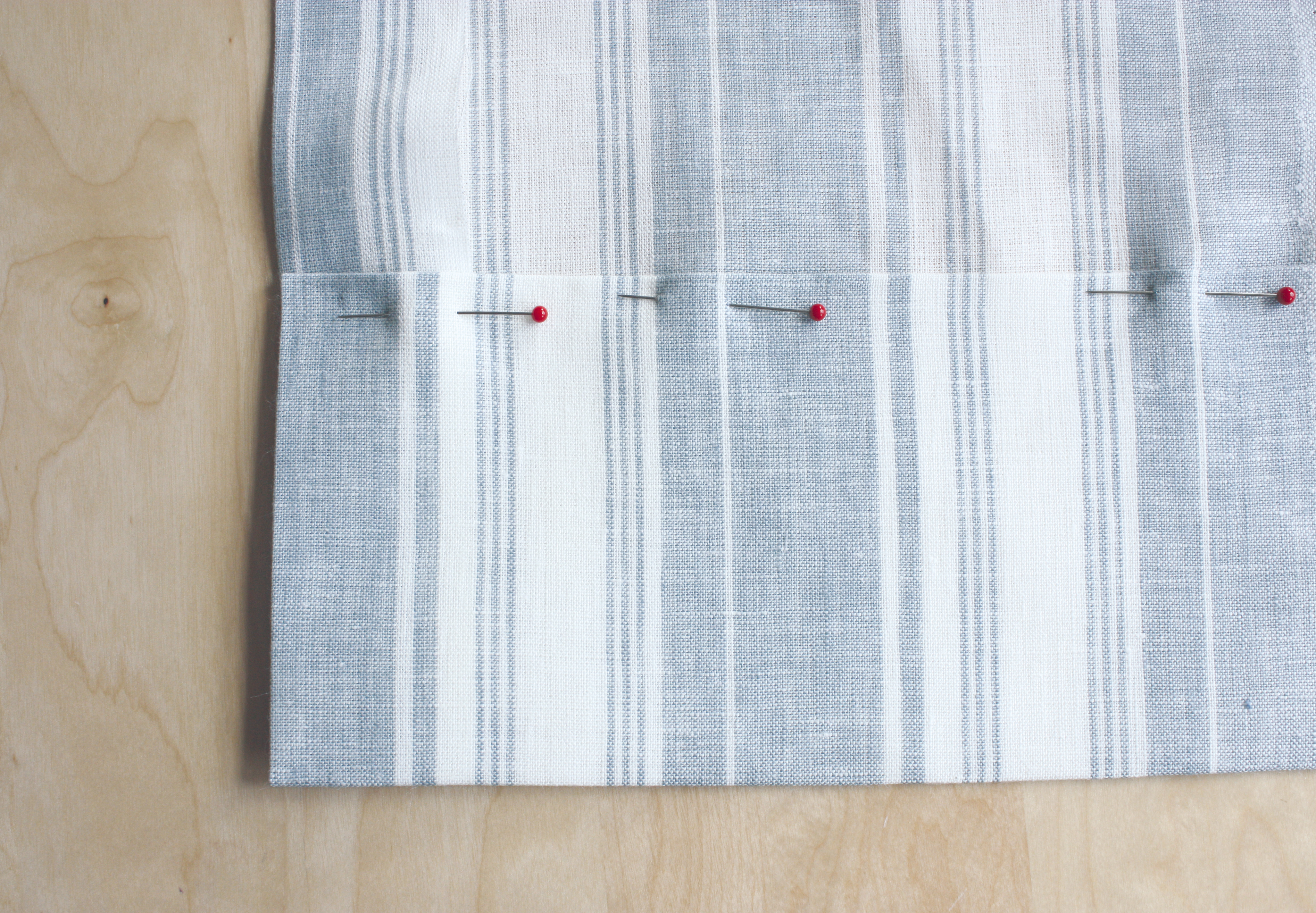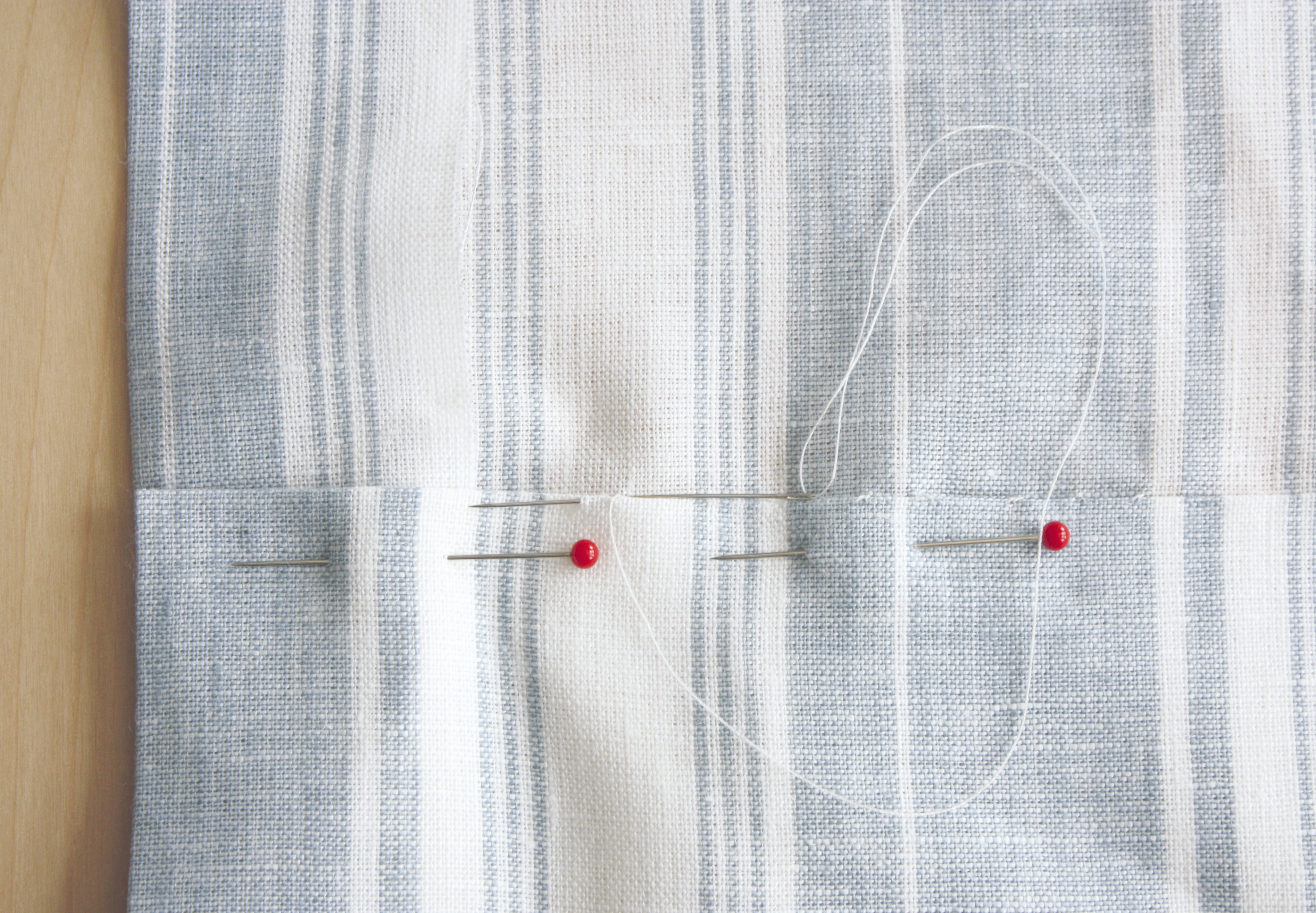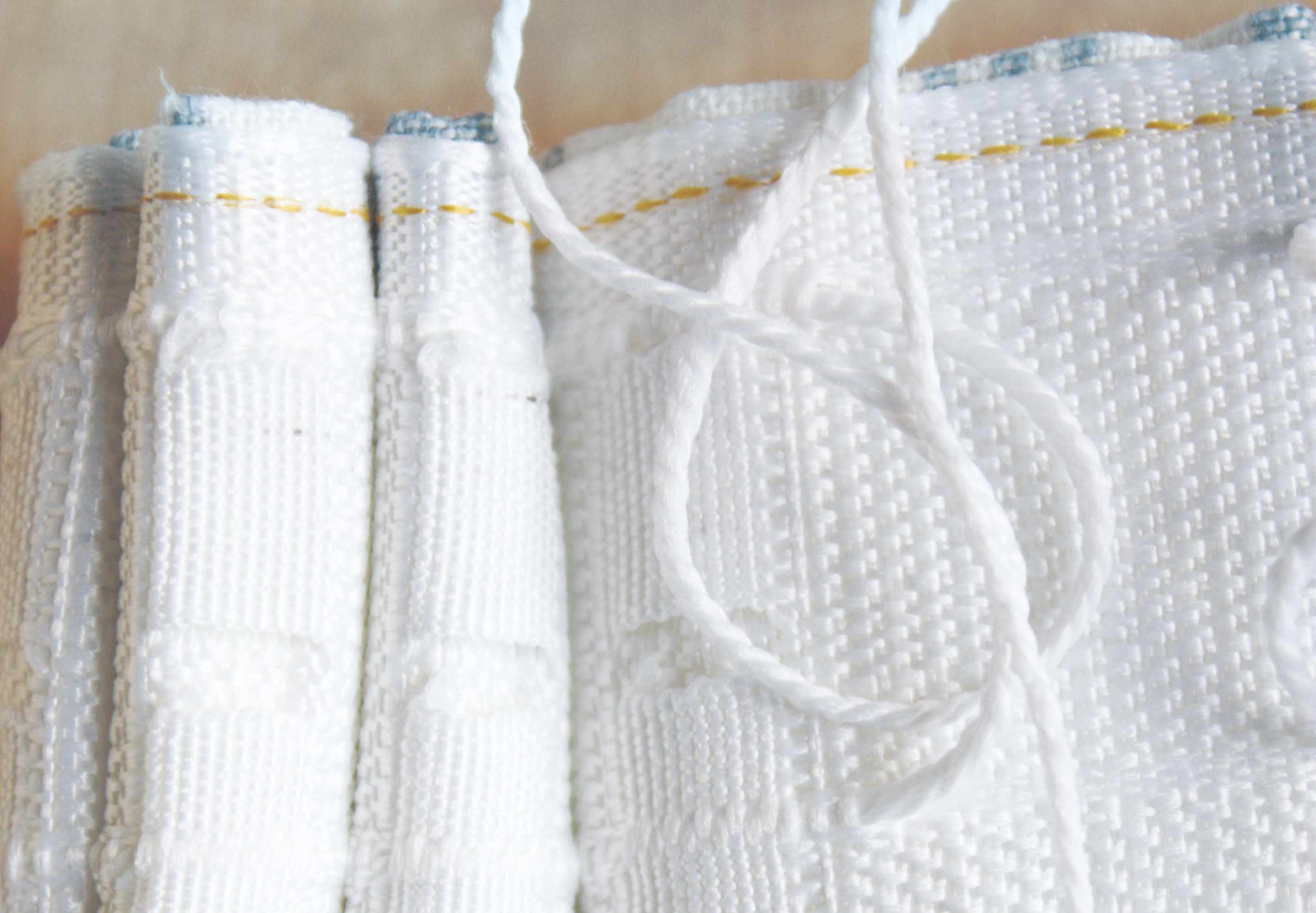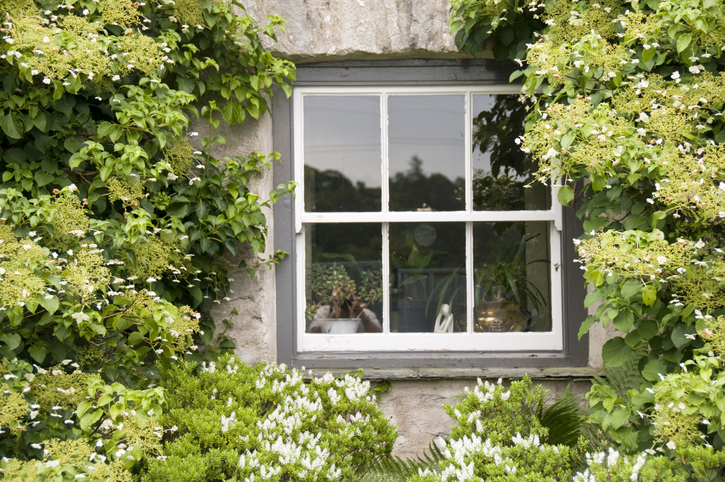Learning how to make curtains yourself ensures a made-to-measure fit that you just won't get buying them off the shelf. Making a pair of simple curtains is achievable for all – the key is to ensure you measure up accurately.
Here we'll take you through the whole process step by step, from calculating how much fabric you need to adding a lining and stitching on heading tape. Beautifully adorned windows shall be yours!
And once you've made your curtains we also show you how to fit a curtain track too... read on!
Measuring up
It’s best to have your curtain pole or track in place before you measure up to make sure your curtains fit perfectly. Measure the width of the pole, then divide by two if you’re making a pair of curtains. Each curtain needs to be between two and two and a half times the space it needs to fill. Example: if your pole is 120cm (47in) each curtain will cover a space of 60cm (23½in). The width of the finished curtain should be 120cm–150cm (47in–59in).
Measure the drop from where the top of the curtain will be to the position where you want the bottom of the curtain to sit.
Calculating and buying fabric
You can use whole or half widths of fabric, so you need to calculate the closest measurement to your required width you can get by joining fabric widths. Example: if your curtain fabric is 137cm (54in) wide, and your finished curtain width needs to be 120cm–150cm (47in–59in), one width of fabric will be enough for each curtain.
To the finished drop measurement add 29cm (11½in) for the top and bottom curtain hems. When you buy your fabric, use the measurement you have calculated for the cut drop multiplied by the number of widths of fabric you need. Example: if your finished curtain length is 150cm (59in) and you are using one width of fabric for each curtain, you will need 358cm (141in) of fabric (150cm+29cm+150cm+29cm) (59in+11½in+ 59in+11½in).
You need the same number of widths of lining fabric as your curtains but only add 2cm (¾in) to the finished curtain drop. Example: for the same curtains as above, you will need 304cm (119½in) of lining (150cm+2cm+150cm+2cm) (59in+¾in + 59in+¾in).
Heading tape
There are different widths of heading tape, but for the most simple and professional finish a 7.5cm (3in) width pencil tape will work well. Buy enough tape to fit across your fabric width plus 20cm for each curtain. Example: for a pair of curtains each having one width, you need 314cm (137+20+137+20cm).
Cutting out
Cut the curtain fabric and lining to the dimensions you calculated earlier.
Joining fabric widths
If you use more than one fabric width, join them before you assemble your curtains. For whole widths, cut each fabric to the required drop. Trim off the selvedges as they can pucker the fabric edges, then place the fabric widths right sides (RS) facing, matching raw edges, and stitch together using a 1.5cm (5⁄8in) seam allowance.
If you are joining a half width, cut the fabric vertically down the centre. The half widths should always be on the outer edges of the hung curtain.









